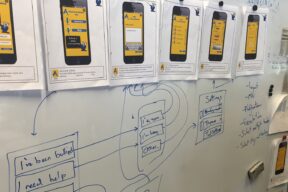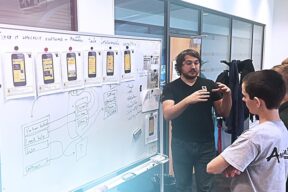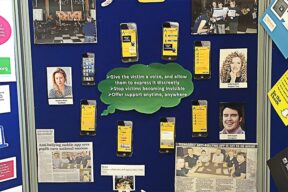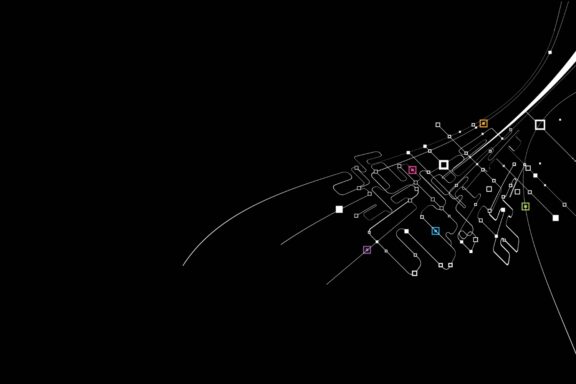Helping Students Keep Safe with an Easy to Use, Discreet Anti-Bullying App
Coderus donated its services to Langham Oaks School students to build an anti-bullying app.
At a Glance
- Coderus designed an app as a discreet way for students to report a bullying incident
- The application had to target many platforms simultaneously.
- Xamarin was used as the cross-platform solution.
- Coderus worked closely with the students in order to stay true to the initial design that they presented.
The Challenge
After seeing Langham Oaks School students on BBC’s ‘Look East’ describing their idea for an anti bullying app, we decided to offer our services to make it a reality.
In order to reach as many children as possible, the application would have to target not only iOS and Android but also Windows Phone. Mobile application development is extremely varied, with multiple operating systems, devices and programming languages to consider.
The best approach to produce this application efficiently was carefully considered, depending on the requirements, priorities and available resources of each particular project.
The Methodology
Thorough analysis was undertaken to compare various cross-platform solutions. Some key factors considered were security, platform divergence, performance and user experience.
Cross platform tools either employ web technologies, such as HTML and JavaScript or use native technologies, with some tools taking a hybrid approach. Some solutions such as PhoneGap, are framework only, meaning a third party IDE or the platform-specific IDE must be used. Others, such as Xamarin, Qt and Appcelerator, provide their own development environments.
It was concluded that Xamarin, a cross-platform development suite since acquired by Microsoft, would be the best approach for this project as it allowed the entire application to be written using a single language and development environment while maintaining native user experience and performance. Xamarin also has the benefit of giving errors at compile time rather than runtime, as is the case with most tools that use web technologies. This means that more bugs can be detected before the app is even run.


The Tech_
- There were shared declarative UI elements for all platforms.
- We used a single shared application framework.
- We used custom UI elements for virtual stickers.
- We utilised Xamarin Forms for fast, stable prototyping.



In many schools, the current reporting method for students being bullied is to fill in a report form. This process can be very formal and overwhelming for a student, which may result in cases going unreported. The new app was designed to be an easy, discreet way for students to report an incident, allowing staff to follow up with their existing anti-bullying procedures.
With SABA, each student has a secure login, allowing them to report incidents of bullying that they witnessed or been a victim of, and read educational information on what bullying can mean and the different types of bullying. Each report is sent to staff members, with the student receiving a notification when their report has been read.
Coderus focused on making the application accessible, while also staying true to the initial designs that the students presented.
The development time of the project was ten weeks. The use of Xamarin Forms allowed us to deliver all of the agreed functionality of the app across the three target platforms.
By being able to share almost all of the code base, we estimate that we saved a massive fourteen weeks of effort, this is based on the shared UI code accounting for 70% of the application and the ten-week total duration of the project.
This is only an estimate as it is possible that platform SDK differences could provide easier ways to achieve the same functionality, but would also add time in terms of ramp-up, project maintenance and platform familiarity.
At the end of the development, the students were able to take their idea back to school as a realised app, for which a real-world trial is currently being run.